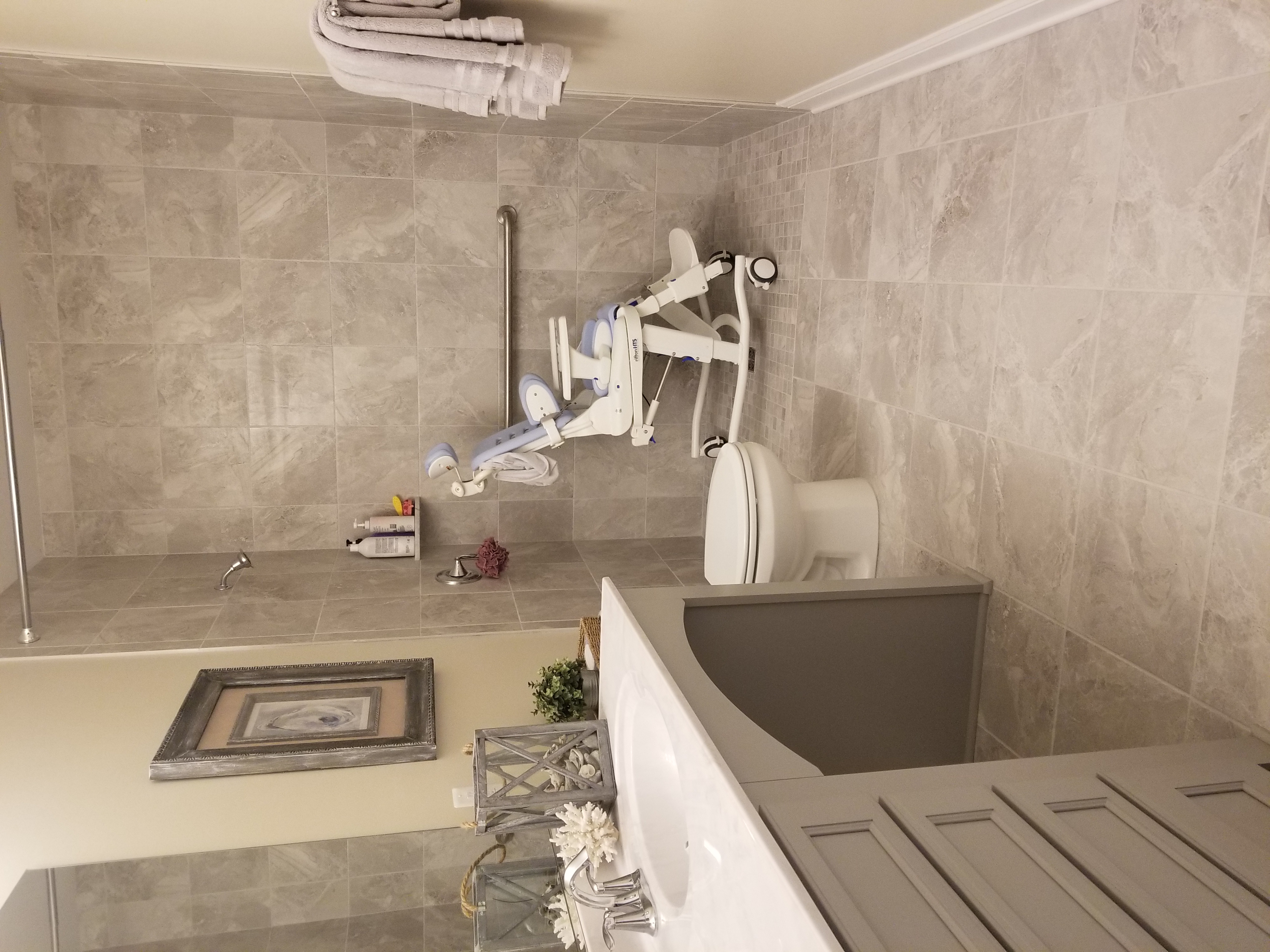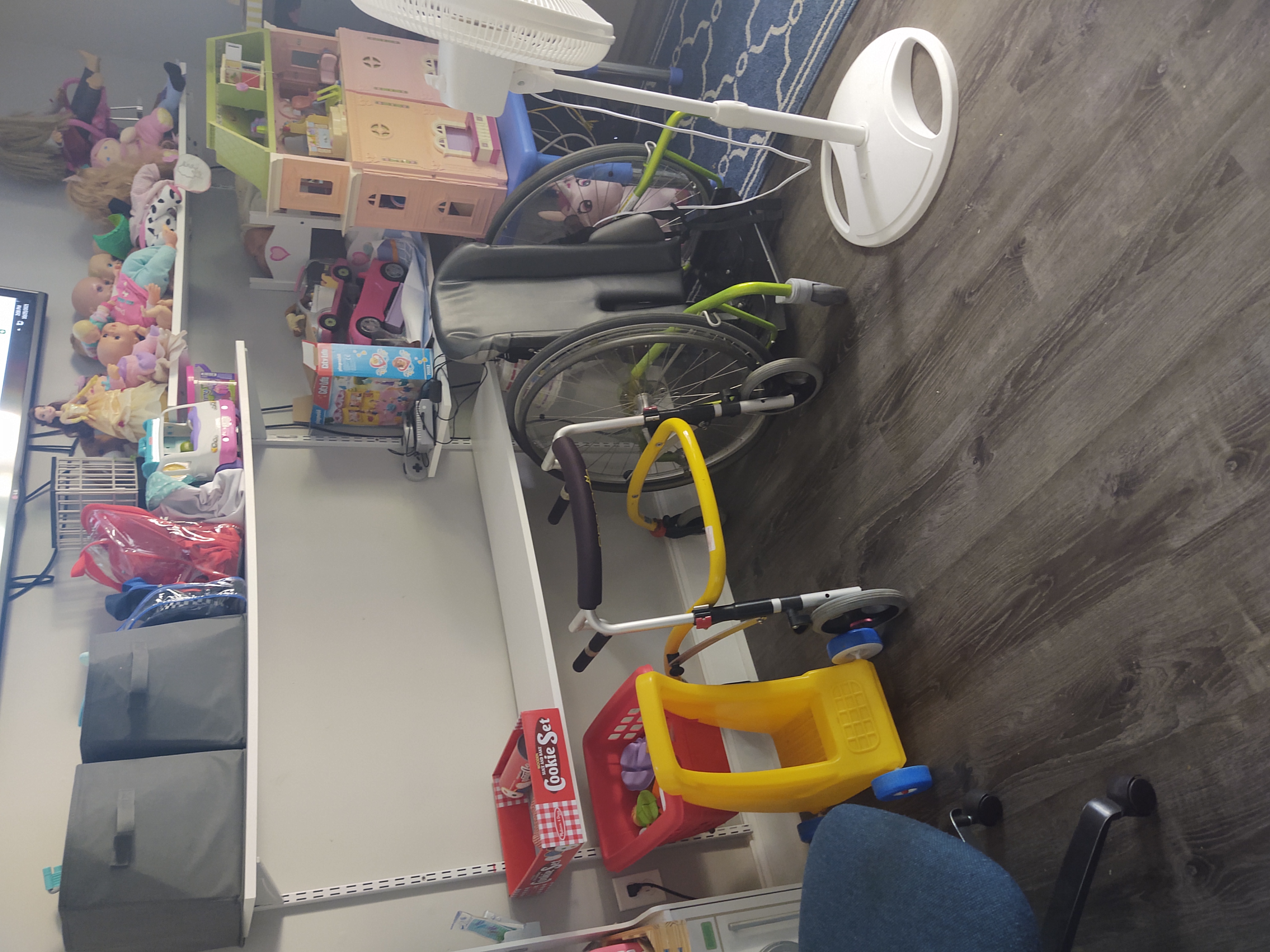Children with Chronic Conditions
Children with Chronic Conditions 2
298 - Reno & Redo: How Families Navigate Home Modifications for Children with Medical Complexity
Saturday, April 29, 2023
3:30 PM - 6:00 PM ET
Poster Number: 298
Publication Number: 298.204
Publication Number: 298.204
Caitlin Nalda, Johns Hopkins University, Baltimore, MD, United States; Mona-Esmat Jarrah, Johns Hopkins University School of Medicine, Boston, MA, United States; Lora Batson, Johns Hopkins Bloomberg School of Public Health, Baltimore, MD, United States; Pamela K. Donohue, Johns Hopkins University School of Medicine, Baltimore, MD, United States; Rebecca Seltzer, Johns Hopkins University School of Medicine, Baltimore, MD, United States; Brandon M.. Smith, Johns Hopkins University School of Medicine, Baltimore, MD, United States

Caitlin Nalda (she/her/hers)
Student
Johns Hopkins University
Baltimore, Maryland, United States
Presenting Author(s)
Background: For children with medical complexity (CMC), the quality and accessibility of the home environment are critical to supporting their intensive medical needs and daily living. Families with CMC must balance the needs of their child with available and affordable housing – leaving many to renovate or modify. Yet, little is known about how these families navigate the modification process.
Objective: To understand how families with CMC plan and complete home modifications.
Design/Methods: We performed a qualitative study using Photovoice methods. In partnership with two community-based agencies, we recruited parents/guardians with CMC in Maryland. Participants completed a demographic survey, submitted up to 10 photos from their home that captured modifications made or needed, and participated in a semi-structured interview. Interviews were transcribed and content analysis was applied to transcript text related to home modifications, resources used, and parent-to-parent advice.
Results: Among 13 participants, the majority were White (85%), female (92%), and homeowners (92%), across a range of socioeconomic groups. Children ranged from 5-20 years old and the majority had cerebral palsy. All used adaptive equipment or medical technology and majority used a wheelchair (11/13). Among 121 photos, we identified 43 modifications (e.g., Figures 1, 2). When planning for modifications, families rarely consulted with professionals; rather, they used personal ingenuity, internet searches, and peer networks (i.e., social media). To complete modifications, most hired contractors (10/13) or performed do-it-yourself work (8/13). While some families were able to name community or state-based agencies that support home modification p</span>lanning and funding, few were able to readily access these resources. Most families did not engage the child’s medical team in the modification process. When asked what advice they had for other families, key themes included: 1) consider your space needs, 2) make changes that work best for you, 3) utilize peer support, and 4) ask for and accept help (Table 1).
Conclusion(s): Regarding home modifications, our findings demonstrate that families with CMC are often tasked with navigating the process on their own without professional guidance. Families with CMC may benefit from more support for home modifications, such as in-home evaluations by professionals, peer-to-peer networks to share ideas, and resource coordination and funding.


ED375254-5769-419C-B03A-63FA8B501006.jpeg
